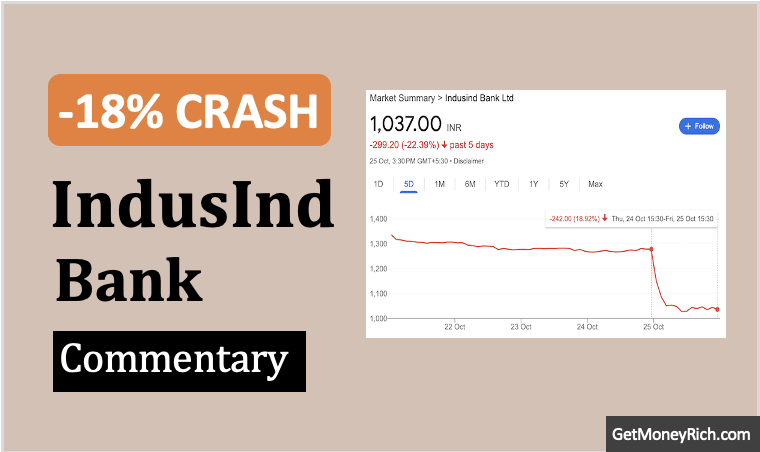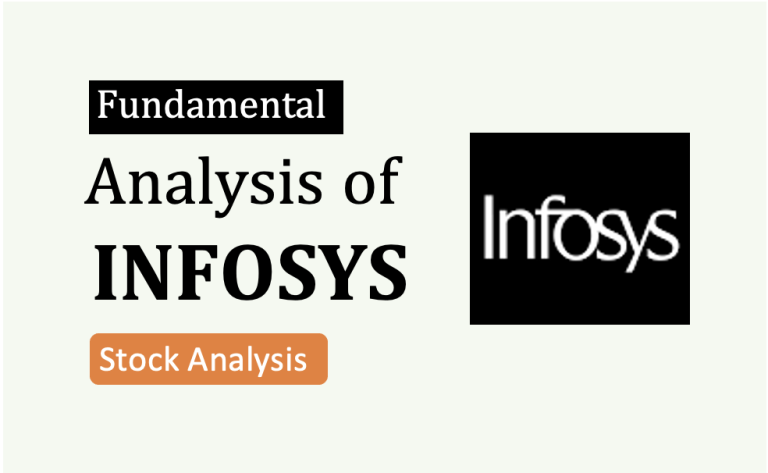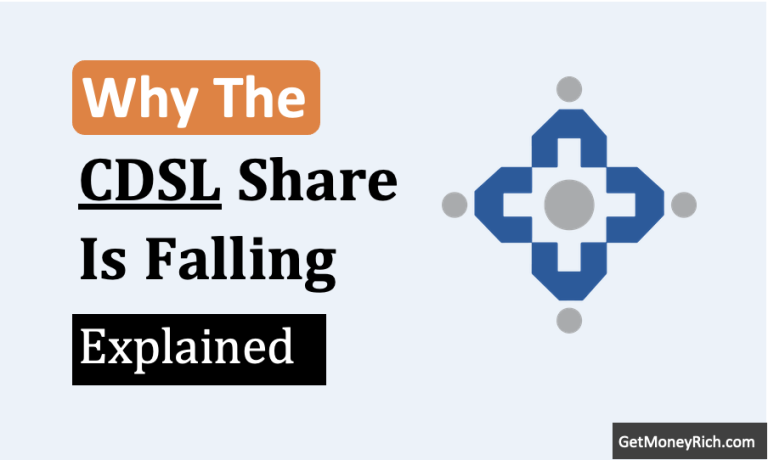Summary Points:
- LIC is set to acquire a 49% stake in ManipalCigna Health Insurance, aiming to enter the fast-growing health insurance market.
- This move could disrupt the industry, potentially lowering premiums but squeezing margins for competitors like Star Health and Niva Bupa.
- For investors, it diversifies LIC’s revenue, leveraging its vast agent network, which could boost long-term growth and stock value.
- Risks include LIC’s inexperience in health insurance, a crowded market, and a possibly high Rs 3,500 crore valuation for a small player.
- The deal’s still under evaluation, with no FY25 closure confirmed, making it a cautious but promising bet for LIC shareholders.
Introduction
Life Insurance Corporation of India (LIC) is planning to pick up a 49% stake in ManipalCigna Health Insurance. When a giant like LIC makes a move like this, it’s not just another headline. It’s a signal that something big could be cooking. But the real question is, how does this affect you, the investor? Is this a golden ticket for LIC shareholders?
But before I talk about the deal from the investment angle, I think I must also address how LIC foray into health insurance business is going to shape this industry. LIC is a behemoth, it is India’s Berkshire Hathaway. LIC’s entry into the health insurance business could turn the industry upside down, and not necessarily in a good way for everyone.
With its massive reach and brand power, LIC could flood the market with affordable plans, pulling customers away from standalone players like Bajaj Allianz, Tata Aig, Star Health, Niva Bupa etc. These smaller companies might struggle to keep up, especially since LIC can lean on its army of agents and huge policyholder base to push health insurance like it’s the next big thing.
But the health insurance space is already a pressure cooker, with tight margins and fierce competition. LIC’s arrival could spark a price war, squeezing profits for everyone and making it tougher for smaller firms to survive.
Sure, customers might win with cheaper premiums, but the industry could end up bruised, with a giant like LIC entering the scene.
Why LIC Wants a Piece of ManipalCigna?
LIC has been the king of life insurance in India for decades. I mean, who hasn’t heard of LIC? Our parents probably have an LIC policy stashed somewhere, right?
But health insurance? That’s a different playground altogether. LIC was never into health insurance business.
And that’s where ManipalCigna comes in. Its a smaller player in the health insurance space, with a modest 0.53% market share as of October 2024, according to IRDAI data. Reports say LIC is eyeing a 40-49% stake in this company, valuing ManipalCigna at around Rs 3,500 crore. Its a decent stake purchase, even for a giant like LIC.
Now, why is LIC doing this?
Well, the health insurance market in India is growing fast. With rising medical costs and more people waking up to the need for coverage, especially after the pandemic, it’s no surprise LIC wants a slice of this pie. Instead of starting from scratch, buying into an existing player like ManipalCigna makes sense.
Plus, LIC has a massive network, millions of policyholders and agents across every nook and corner of India.
Imagine them cross-selling health insurance alongside life policies. Sounds like a smart move, doesn’t it?
What the News Says?
The news around this deal has been a rollercoaster.
Back in November 2024, Business Standard reported LIC was in talks for a 50% stake, and LIC’s stock jumped over 2% that day. Investors were clearly excited. But then, LiveMint dropped a follow-up that LIC has clarified that it’s “evaluating” the deal, and nothing’s set in stone yet.
Then on March 2025, The Economic Times reported that LIC is buying the stake at 40-49%, with a mix of primary and secondary deals.
Analysts, meanwhile, are talking about how this could shake up the health insurance sector. Some say it’s a game-changer for LIC; others warn it could squeeze margins for standalone players like Star Health and Niva Bupa.
But, LIC’s CEO said the deal might not close in FY25. So, we’re still in wait-and-watch mode.
But as an investor I’m sure you want to know what this means for a long term investor? How to interpret this news and how to take the decision?
The Good Stuff: Why Investors Might Cheer
Let’s start with the positives because, honestly, there’s a lot to like here.
- First, this move diversifies LIC’s business. Right now, LIC is all about life insurance, endowment plans, term policies, the usual. But health insurance is a different beast, and it’s growing fast. If LIC can crack this market, it’s like opening a new revenue tap. Imagine you’re running a sweet shop selling only laddoos, and suddenly you add jalebis to the menu. More customers, more sales, right?
- Second, there’s LIC’s superpower – its distribution network. With over a million agents and a presence even in remote villages, LIC can push health insurance like nobody else. ManipalCigna, on its own, is a small fry. But with LIC’s muscle behind it, it could scale up fast. Analysts reckon this could unlock “fresh growth avenues” for LIC. And when a company grows, its stock usually follows.
From its peak in July 2024, LIC stock is down by 33%. In March 2025, the stock has jumped by about 8%.
Let’s not forget the numbers. In Q2FY25, LIC reported a 47% jump in value of new business (VNB), that’s the profit from new policies, and a 25% rise in annual premium equivalent (APE). Compare that to peers like HDFC Life and SBI Life, who saw their margins shrink.
LIC’s clearly in good shape, and this deal could add more fuel to the fire.
The Flip Side: Risks You Can’t Ignore
Every deal has its risks, and this one’s no exception.
- For starters, health insurance isn’t LIC’s home turf. Life insurance is long-term; health insurance is short-term. Health insurance claims starts to come in near time. Ask any Start Heath Insurance subscriber who bought their policies some 4-5 years back. Horrible experiences will emerge from both sides, policy holder and the insurer. It’s a different game, and LIC’s got to learn the ropes.
- Then there’s the competition. The health insurance market is crowded, Star Health, Niva Bupa, Care Health, and a dozen government run insurance provides (New India, United India, Oriental, National Insurance, etc). Analysts say LIC’s entry could “tighten margins” across the sector. If everyone starts slashing premiums to grab customers, profits could take a hit. And LIC’s investors might feel that pinch too.
Also, let’s talk valuation.
ManipalCigna’s market share is tiny (0.53%). A Rs 3,500 crore isn’t cheap for a minority stake. So the question remains, is LIC overpaying?
Hard to say without more details, but it’s a question worth asking. Plus, LIC’s stock is still trading below its IPO price of Rs 949, even after a decent 2024. If this deal doesn’t deliver, that recovery could stall.
What Does My Stock Engine Say?
Now, I took a peek at some data from a stock engine. There are some interesting insights on LIC.
The fundamentals look solid.
- Market cap at Rs 5 lakh crore, revenue at Rs 8.6 lakh crore, and a debt-to-equity ratio of zero. That’s like a solid business, right?
- The price-to-earnings (P/E) ratio is 11.61 looks decent, but price-to-book (P/B) is 6.04, suggesting it’s slightly overvalued.
- The engine rates LIC’s fundamentals as “reasonable” with a score of 3.06 out of 5. Not dazzling, but not shaky either.
Still, I’d take this with a pinch of salt, data’s only as good as the interpretation. For sure, my Stock Engine does not have the numbers yet to analyze LIC based on its upcoming health insurance foray.
My Take: A Calculated Bet
So, where do I land on this?
Honestly, I think it’s a smart bet for LIC’s investors, but don’t expect miracles overnight. If LIC pulls this off, it could mean steady growth, more dividends down the line. But I think, it will take LIC another 6-7 years to establish itself as a reliable health insurance provider. Remember, subscribers of health insurance products are both touchy and very aggressive. The initial few years of the business is not going to be easy for LIC & its health insurance subscribers.
But if anybody can enter and manage this business in style, it can be likes of Warren Buffett’s, Ambani’s, Adani’s, and likes of LIC. Why? Because they have surplus cash to road-roll themselves into an industry. They have lots and lots of cash waiting to be invested. See how Ambani’s started Jio in 2016-2017.
The health insurance market is a goldmine waiting to be tapped, and LIC’s got the tools to dig in. But there’s execution risk, competition, and the chance they’ve paid too much.
Conclusion
If you’re an LIC shareholder, I’d say hold tight and keep an eye on this. The stock’s got momentum, and this deal could be a catalyst.
If you’re thinking of jumping in, maybe wait for more clarity. When the deal’s finalized or we get FY25 results, I’ll try then – certainly not today. Though, I’m cautiously optimistic. LIC’s too big to fail, but it’s not too big to stumble.
What do you think about this deal? Tell me in the comments section below.
Have a happy investing.






